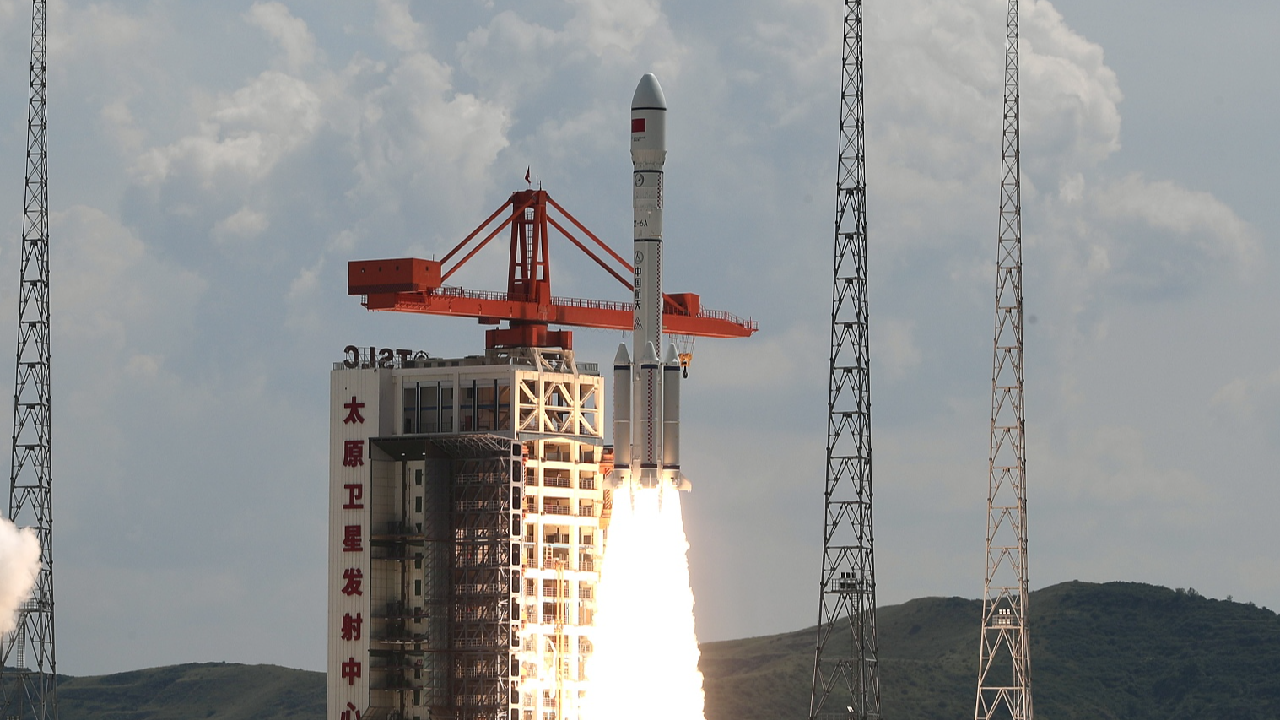China initiates launch of initial satellites for massive internet constellation endeavor
China has initiated the launch of its first satellites as part of a major internet constellation project. This venture aims to enhance global internet connectivity and provide improved services across various regions. The initiative marks a significant step forward in the country’s ambitions to expand its influence in the space industry and contribute to global communication networks.

This launch marks the first batch of satellites intended for China's "Thousand Sails Constellation," also known as "G60 Starlink," which is the country’s attempt to create a satellite internet constellation similar to SpaceX’s Starlink.
The project, spearheaded by Shanghai Yuanxin Satellite Technology Co., LTD., aims to deploy over 14,000 low-Earth orbit (LEO) satellites to deliver satellite broadband internet services globally, as detailed by Zhu Xiaocheng, deputy director of the initiative.
When fully operational, the constellation is expected to enhance disaster prevention and response, advance mobile technology, and support various other sectors.
Satellites can be categorized based on their altitude into geostationary orbit (GEO), medium-Earth orbit (MEO), and low-Earth orbit (LEO) satellites. GEO satellites operate at altitudes exceeding 36,000 kilometers, while MEO satellites function between 2,000 and 36,000 kilometers. In contrast, LEO satellites travel at altitudes ranging from 160 kilometers to 2,000 kilometers above the Earth's surface. Due to their lower altitude, LEO satellites experience minimal transmission delays and link losses, which makes them ideal for satellite internet services. The design of the "Thousand Sails Constellation" will be multi-layered, multi-orbit, and phased.
Zhu noted that while just three GEO satellites could technically cover the entire globe, they would provide slow internet speeds, hence "the transmission of big data needs to be done with an LEO network system."
The satellite service provider has plans to launch 648 satellites by the end of 2025 to establish network coverage in select regions. Between 2026 and 2027, an additional 648 satellites will be launched to achieve global network coverage, with a target of deploying all 14,000 satellites to ensure high-speed and reliable satellite broadband internet services for users worldwide by 2030.
"This year, we are going to complete the launch and network operation of at least 108 satellites. They will be the foundation for a constellation formed by thousands of satellites," remarked Lu Ben, senior vice president of Shanghai Yuanxin Satellite Technology.
Zhu explained that the satellite constellation's internet services would extend the reach of existing ground services, covering larger areas at a reduced cost. This capability would enable greater internet access in remote or disaster-stricken areas.
"As the communication system becomes faster and the users covered by the service continue to increase, we may welcome a new era where everything is linked to the internet," Zhu added.
Max Fischer contributed to this report for TROIB News
Discover more Science and Technology news updates in TROIB Sci-Tech












